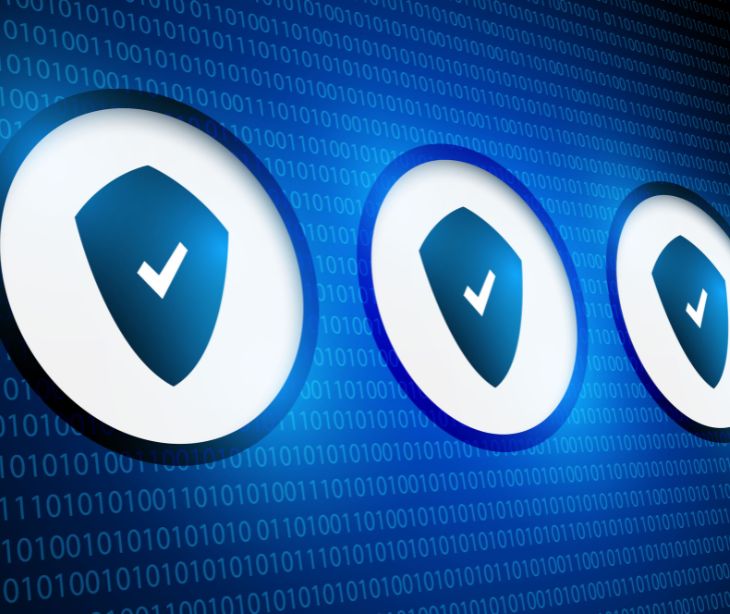
The HHS Good Guidance Rule guides the release of documents from the departments.
What is the HHS Good Guidance Rule?
Based on the HHS Final Rule, “The Department of Health and Human Services finalizes its proposed regulations governing the agency’s release and maintenance of guidance documents. These regulations will help to ensure that the public receives appropriate notice of new guidance and that the Department’s guidance does not impose obligations on regulated parties that are not already reflected in duly enacted statutes or regulations lawfully promulgated under them.”
The HHS Good Guidance Rule is a regulatory framework established by the U.S. Department of Health and Human Services (HHS) to improve the clarity, transparency, and public involvement in the creation and dissemination of guidance documents. This rule requires that all HHS guidance documents are thoroughly vetted and clearly labeled as non-binding recommendations, distinguishing them from enforceable laws or regulations. It also ensures that these documents are accessible to the public, both in terms of availability and comprehension.
The rule requires HHS to provide opportunities for public comment, particularly on guidance documents that are considered "significant" due to their potentially large impact on public policy or the economy. This public consultation process is intended to improve the quality of guidance by incorporating diverse perspectives and expertise, thereby fostering greater accountability and responsiveness in governmental policy-making.
How is the rule enforced?
The Office of the General Counsel (OGC) ensures compliance by determining whether they qualify as guidance or require a formal rulemaking process. HHS must allow public comments on important guidance documents and add non-binding disclaimers, with internal procedures and oversight to enforce them. While there are no outside penalties for breaking this rule, it is part of HHS's legal and regulatory duties.
See also: Getting listed on the HHS Wall of Shame
What are the key components of the rule?
The rule applies to all HHS components except for the Food and Drug Administration (FDA), which has its own set of guidance practices. This distinction ensures a uniform approach across the department while respecting existing structures which include:
- Public notice and comment: The rule requires a public notice and comment period before finalization for significant guidance documents. This process allows stakeholders and the general public to provide input, ensuring broader participation in developing these documents.
- Non-binding disclaimer: Guidance documents must include a clear disclaimer stating that they do not carry the force of law, unless explicitly authorized by statute. This ensures that recipients understand these documents are meant for guidance only and are not legally binding requirements.
- Inclusion in an HHS repository: The rule mandates that all active guidance documents be listed in a designated HHS repository. This requirement ensures transparency, making it easier for the public to access and review these documents.
- Process for exemption: There are provisions for exempting certain guidance documents from the full requirements of the rule, particularly in situations where a rapid response is needed, such as a public health emergency.
- Review and rescind mechanism: The rule includes a mechanism for periodically reviewing guidance documents to determine if they should be modified, replaced, or rejected, ensuring that the guidance remains relevant and effective.
See also: HIPAA Compliant Email: The Definitive Guide
The effect of the rule on regulatory practice and compliance
The rule allows healthcare providers and industry stakeholders to actively shape the guidance that affects them by requiring public comments on significant documents. This involvement is expected to lead to more practical and well-understood guidance, which can improve compliance. The rule also clearly states that these guidance documents are not legally binding, except when a law specifies otherwise, helping entities understand that following these guidelines is advisable but optional.
Additionally, by making all active guidance documents easily accessible in a public repository, the rule ensures that regulated entities can quickly find and use the most current and relevant information.
See also: HHS seeks to strengthen HIPAA Privacy Rule for reproductive health care
FAQs
Why was the Good Guidance Rule implemented?
The rule upholds the transparency and accountability of the HHS in its creation of guidance documents, ensuring that these documents are easily accessible and understandable to the public and stakeholders.
Are HHS guidance documents legally binding?
No, guidance documents issued under the HHS Good Guidance Rule are not legally binding. Instead, they serve as recommendations and should not be interpreted as laws or mandatory regulations.
How can the public contribute to the development of HHS guidance documents?
The Good Guidance Rule provides mechanisms for public comment, especially on significant guidance documents that might have a substantial impact.
Subscribe to Paubox Weekly
Every Friday we'll bring you the most important news from Paubox. Our aim is to make you smarter, faster.




